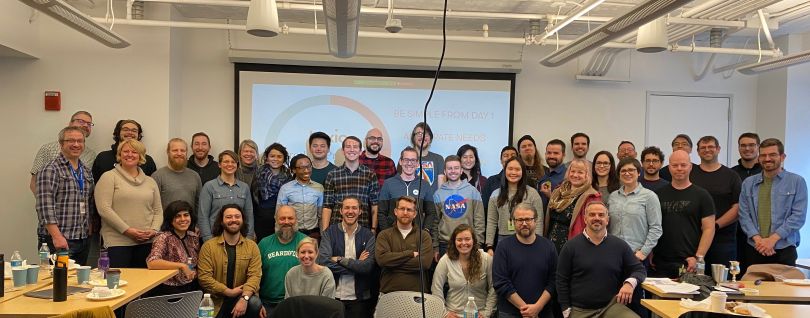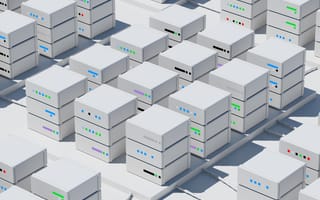Imagine living with rotary phones, basic cable and cassette tapes and suddenly upgrading to smartphones, streaming TV and free music apps. There would be enormous benefits, to be sure, but there would also be a learning curve.
This is how many in the tech industry feel about the task of upgrading their data stacks while simultaneously maintaining efficiency across a variety of fronts.
The truth is, many data professionals currently working with clunkier legacy systems know they need to make an upgrade. Yet according to a study by Forrester Consulting, it’s not always easy to seamlessly make a change. For those implementing an enterprise-wide advanced analytics platform, 50 percent of the companies polled listed data quality as the biggest concern, followed by employee talent.
For those building their own solutions, the use of open-source tools and technology presents its own unique challenges, with 58 percent of companies reporting that speed of change was of the greatest concern, while 55 percent cited maintenance challenges and an absence of implementation skills.
To discover the solution to modernizing data stacks and the challenges that come with such an upgrade, we sat down with Jeremy Engle of Narrative Science, who said he’s found a clear path to success, including putting the cloud at the center of the strategy.

At Narrative Science, a platform for data storytelling, Director of Engineering Jeremy Engle said that his company’s biggest modernization challenge has been finding a way to efficiently support different analytics use scenarios such as machine learning. The cloud-based solution he discovered was twofold.
What initially spurred your team’s decision to modernize your data stack, and what are the main focuses and/or goals of your data modernization strategy?
The modern data stack is an integral part of our data storytelling product, Lexio. Our data strategy is in service of ensuring that anyone for whom data is not their job — the salesperson, the market, the customer success rep, the customer support rep — is able to instantly understand how they’re doing on the metrics they care about, what drove them, how they’re tracking to goal and any noteworthy trends in a simple, digestible, accessible format.
Our primary goal is to make it easy for anyone to use Lexio by integrating into their org’s existing data and analytics stack. Modularity and abstraction are supporting goals; essentially, how do we ensure each piece of Lexio’s architecture can plug and play with a customer’s stack, and how do we ensure the right degree of abstraction to support this point of view?
Tactically, cloud data warehouses like Snowflake and Google BigQuery are a key component of operationalizing this strategy, and are becoming increasingly popular as storehouses for data needed to understand operational, recurring metrics.
What’s the toughest data modernization challenge you’ve run into so far, and how did you overcome it?
The toughest data modernization challenge we’ve run into is how to efficiently support different analytics use scenarios such as machine learning, cached analytics and analytics on demand against a data warehouse without duplicating and storing business logic that drives those analytics in multiple places.
We’re solving this challenge in two key ways. One, we’ve embraced the trend of making the cloud data warehouse the hub of our own data stack. Two, we’ve developed an analytics API where the business logic is captured in a single layer.
The API additionally lets us scale differently depending on the use case and eventually support secure, cross-cloud data access by combining multiple layers of data encryption.
We’ve embraced the trend of making the cloud data warehouse the hub of our own data stack.”
What benefits has your team, or the company as a whole, experienced as a result of your data modernization efforts?
As we’ve grown to integrate with the modern data stack, we’ve been able to add more value at a higher rate of speed to more companies by helping them increase their ROI on their existing data investments. Internally, we honestly can’t imagine running our business without Lexio.
One of our earliest customers, Fike, was able to achieve speed to insight well beyond traditional business intelligence tools by sending their Snowflake data to Lexio directly. Fike was able to get valuable insights across multiple data sources quickly and easily by providing users with a convenient, holistic view of what they needed to know before taking action.
Internally, our product, sales and marketing strategy are all more data-driven than ever before thanks to Lexio. Starting from the top of our funnel, whether it’s understanding how many leads we’re getting and converting via Marketo; our web traffic and ROI on marketing spend via Google Analytics, LinkedIn Ads, Facebook Ads and Google Ads; how we’re tracking on our sales goals via Salesforce; how our users engage with our product via Mixpanel; or how fast our product is via NewRelic, Lexio is now the go-to source for all our metrics at Narrative Science.





